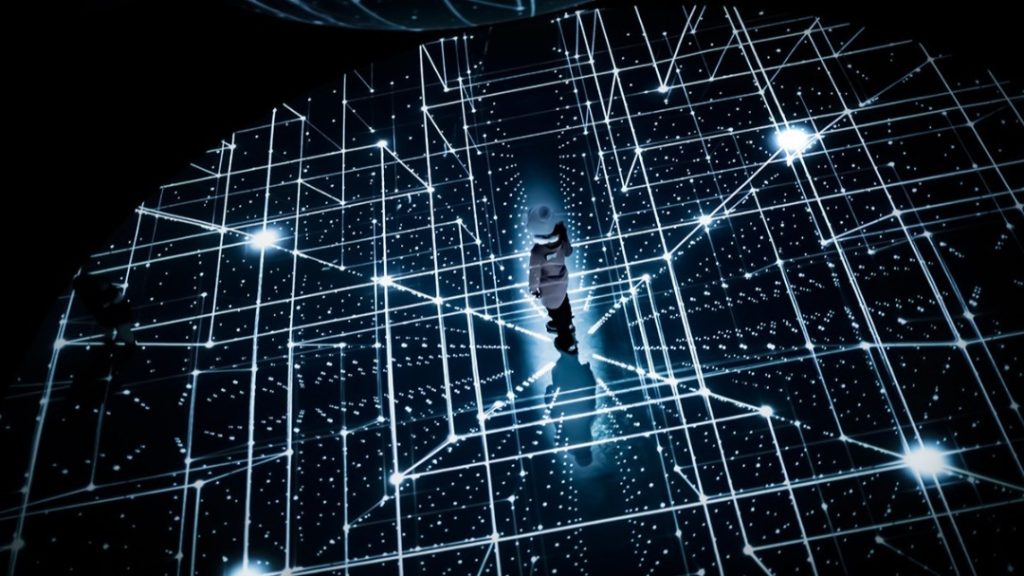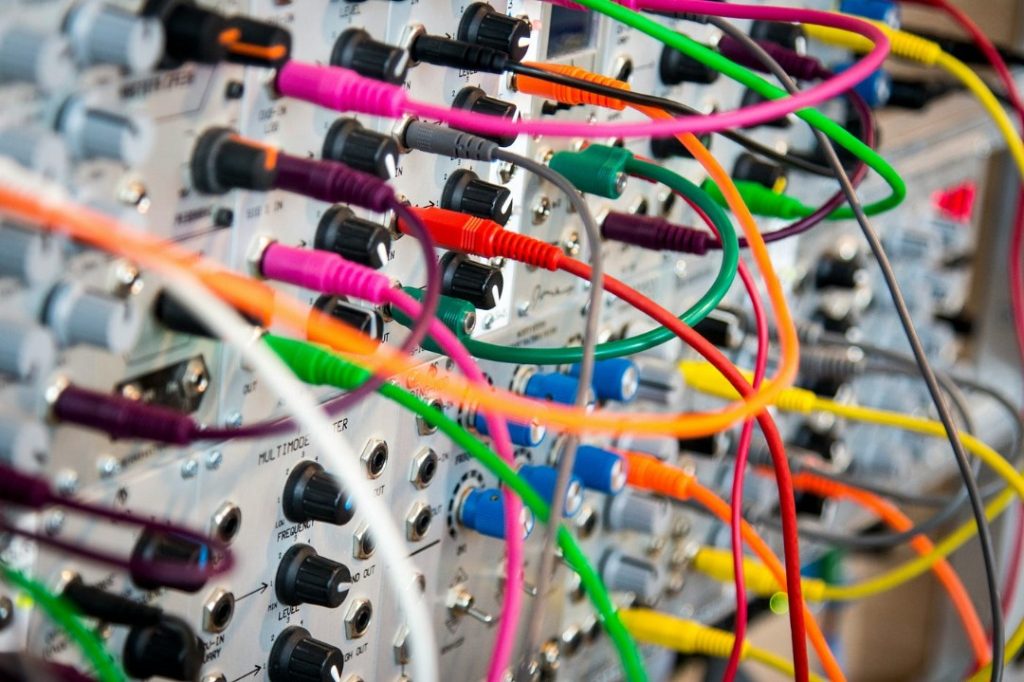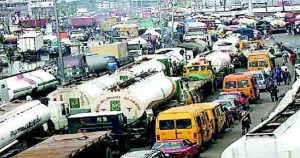Invisible Infrastructure is the Hidden Layer of Great Cities

Designing Cities With What You Don’t See – But Can’t Live Without
By Arc. Biola Akinola
When most people think about architecture and urban design, they see the obvious:
– The skyline
– The highways
– The parks
– The grand public buildings
But here’s the truth most citizens forget:
The greatness of any city is often buried beneath the ground, tucked behind walls, or humming quietly out of sight.
That’s where invisible infrastructure lives –
The unseen veins, arteries, and nervous systems that allow our cities to function, thrive, and survive.
What Is Invisible Infrastructure?
Invisible infrastructure refers to all the essential systems that make a city work but remain largely unnoticed until they fail.
These include:
– 🏭 Water Supply and Distribution
– 🛢 Sewage and Wastewater Systems
– ⚡ Electricity Grids and Transmission
– 📶 Telecommunication and Data Networks
– 🌪 Drainage and Flood Control
– 🚦 Traffic Control and Transport Signaling
– 🔥 Firefighting Systems
– 🚮 Waste Management Systems
– 🔌 Gas Pipelines
– 📡 Satellite and Fiber Networks
Without these, no skyscraper, mansion, or flyover matters.

Why Invisible Infrastructure Matters — Especially in Nigeria
1️⃣ Urban Growth Pressures
– Nigeria’s urban population is exploding.
– Lagos, Abuja, Kano, Port Harcourt — all expanding faster than their hidden systems.
2️⃣ Climate Change
– Erratic rainfall, rising temperatures, and flooding challenge outdated drainage and water systems.
3️⃣ Public Health
– Poor waste and water systems fuel disease outbreaks (cholera, typhoid, malaria).
4️⃣ Economic Competitiveness
– Cities with unreliable electricity, poor broadband, and traffic chaos can’t attract global investment.
5️⃣ Disaster Preparedness
– Invisible infrastructure is critical for resilience during floods, fires, blackouts, and epidemics.
When Invisible Infrastructure Fails: Nigerian Headlines Tell the Story
– Lagos floods stranding commuters.
– Abuja blackout due to national grid collapse.
– Port Harcourt waterborne disease outbreaks.
– Apapa traffic lockdown from port inefficiencies.
– Telecom outages crippling businesses nationwide.
These are not design failures above ground – they are invisible infrastructure failures underground.
Designing the Invisible: The Architect’s Responsibility
Architects must expand their thinking beyond floors, walls and roofs.
We are called to collaborate deeply with:
– Civil engineers
– Environmental planners
– Utility companies
– Transportation experts
– Urban data analysts
– Disaster management agencies
Because form without function leads to fragile cities.

Invisible Infrastructure Design Principles
✅ Redundancy
– Backup systems to prevent catastrophic collapse during failures.
✅ Resilience
– Infrastructure designed to adapt to climate shocks and urban stress.
✅ Scalability
– Systems that grow with urban expansion.
✅ Smart Systems
– Use of IoT, AI, and sensors to monitor and manage utilities in real-time.
✅ Accessibility for Maintenance
– Service tunnels, manholes, and digital monitoring for proactive repairs.
✅ Public Awareness
– Educating citizens to respect, protect, and demand robust infrastructure.
The Nigerian Reality: Current Gaps
– Overburdened drainage leading to annual floods.
– Outdated sewage systems in many older cities.
– Electrical grids prone to nationwide collapse.
– Poor urban data management for planning.
– Waste disposal often left informal and unregulated.
We building beautiful structures on top of fragile systems.
Global Inspiration for Local Action
– 🇸🇬 Singapore: Fully integrated underground utilities networks.
– 🇳🇱 Netherlands: Advanced flood control systems defending against rising seas.
– 🇯🇵 Tokyo: Massive underground flood tunnels and disaster-proof lifelines.
– 🇦🇪 Dubai: Smart city infrastructure monitoring utilities
Nigeria can adapt lessons from these without copying their models blindly.
The Role of Policy & Governance
Architectural design alone cannot fix invisible infrastructure.
– National and state master plans must prioritize utilities.
– PPPs (Public-Private Partnerships) can fund complex utility upgrades.
– Strong regulatory bodies needed to enforce maintenance standards.
– Urban resilience must be built into every new development approval.
Conclusion: True Beauty Is Functional
“The infrastructure you don’t see is the difference between a city that lives and one that collapses.”
Nigerian architects must champion:
✅ Cities that drain properly
✅ Lights that stay on
✅ Pipes that don’t burst
✅ Data that flows freely
✅ Roads that don’t flood after 15 minutes of rain
Invisible infrastructure is not glamorous – but it is the skeleton that holds up every great city.
It’s time we stop decorating the body and start strengthening the bones.







